Good Communications Tips

Good Communications Are an Important Safety Factor
Tips for Choosing The Best Intercom System
If you’ve never wished you could talk to a passenger or another rider, probably you just haven’t ridden enough. Good communications are an important safety factor for motorcycle enthusiasts. Passengers need to be able to tell riders that they need a rest stop, or feel like they’re going too fast. Riders need to tell passengers to lean farther in the corners, or ask if the passenger is tired. And riders need to communicate with other riders—and not just during group rides. Rides, and riders, are less safe when communication is poor.
Sure, we can devise hand signals, or use signals that are widely recognized. But nothing beats being able to talk back and forth. There are so many different devices that help us do talk, just to our passenger or to other riders as well, that picking the right one can be a challenge.
The simplest intercoms work between you and your passenger and are pretty low-tech. You put one end of a rubber-tipped tube into your ear like you would an earplug. You talk into a tube with a mouthpiece. Your passenger does the same thing. All the tubes go through a junction box. On the plus side, this is a dependable system that doesn’t require electricity at all. On the negative side, there’s no amplification, so you or your passenger might have trouble hearing one another. And, of course, you can’t use it to communicate with other riders.
Wired intercoms are somewhat similar, except that sound travels on wires that connect rider and passenger. You can add a hand-held radio communication device to talk to other bikes. You and your passenger have to remember to connect and disconnect every time you get off or on your bike.
Wireless technology comes in four flavors:
Frequency Modulation (FM) radio is uses a narrower frequency than regular FM radio. It gives clear sound, especially when nothing obstructs it, over a relatively short range.
Both Family Radio Service (FRS) and General Mobile Radio Service (GMRS) are like the old-fashioned walkie. FRS radios usually have a maximum range of two miles; GRMS radios can span several miles. You can get handheld radios for either so you can communicate with a buddy in a following car. None of these three systems is private and all can pick up other transmissions.
Bluetooth systems can communicate between rider and passenger and bike-to-bike. Unless the device has an added technology such as General Mobile Radio Service (GMRS) or Code Division Multiple Access (CDMA), you can only communicate within a few hundred feet, which isn’t a problem on group rides. You can add lots of doodads, such a cell phone, GPS device, iPOD, but they can be hard to hear at higher speeds. What’s more, especially if you have lots a features and therefore lots of buttons, they can be hard to use with gloves on. And, you can’t see what you’re doing. Older units could only connect two people. Newer ones let you talk with larger groups.
You can learn more about communication devices here.





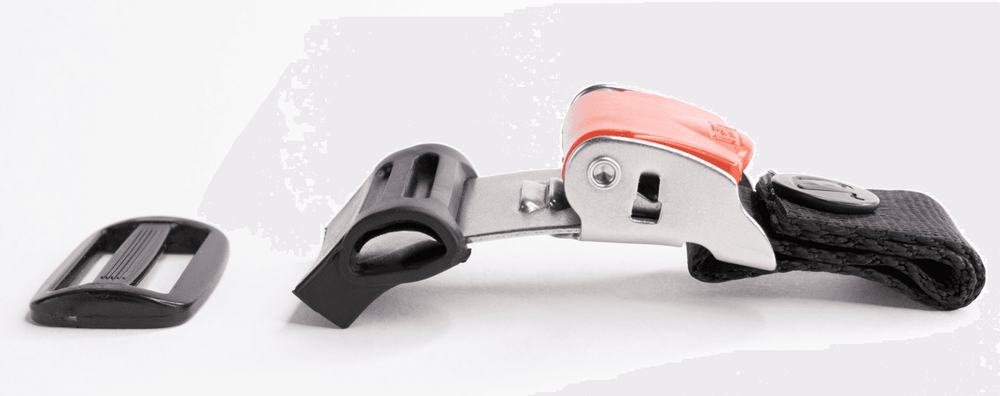
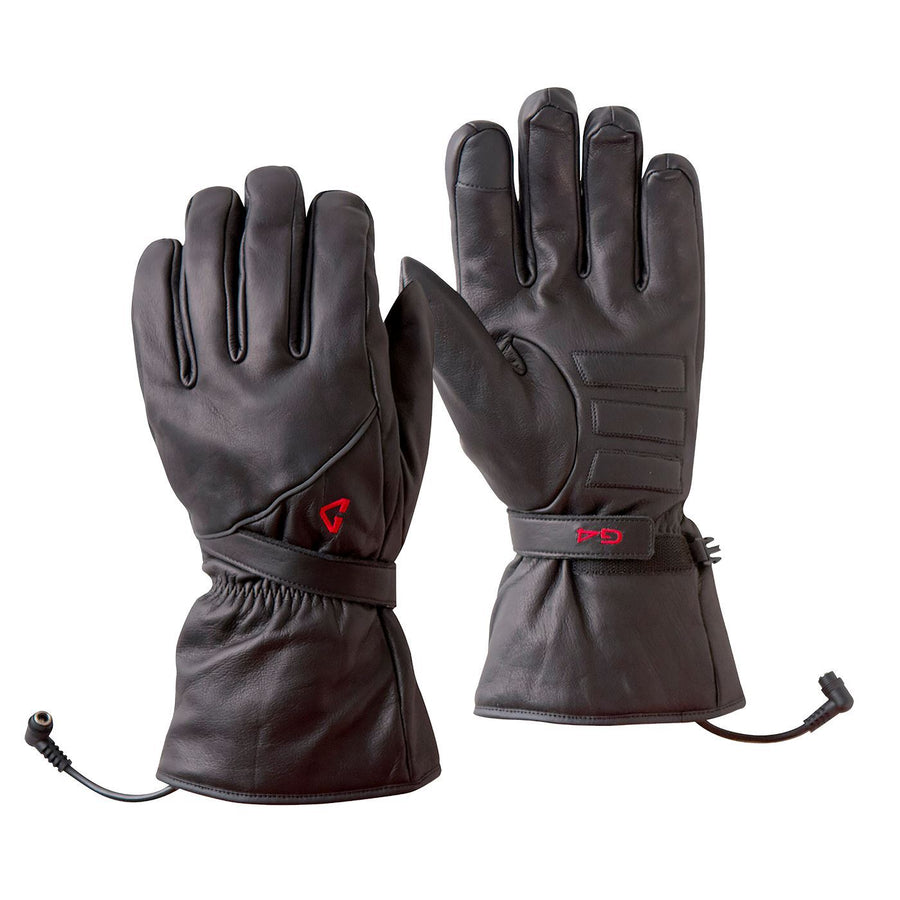

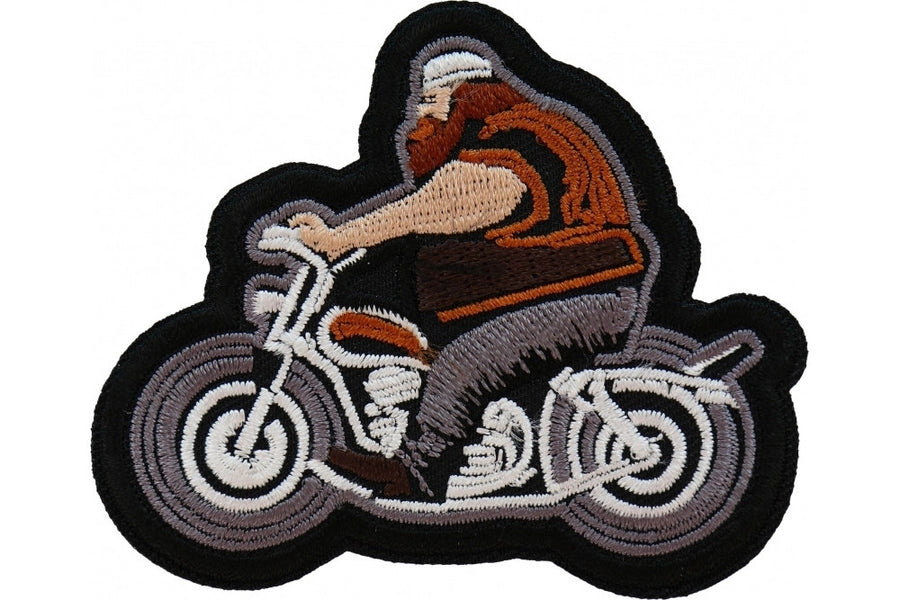

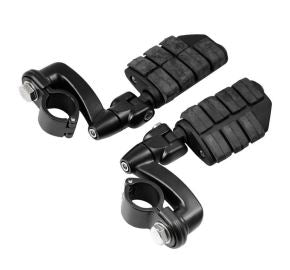


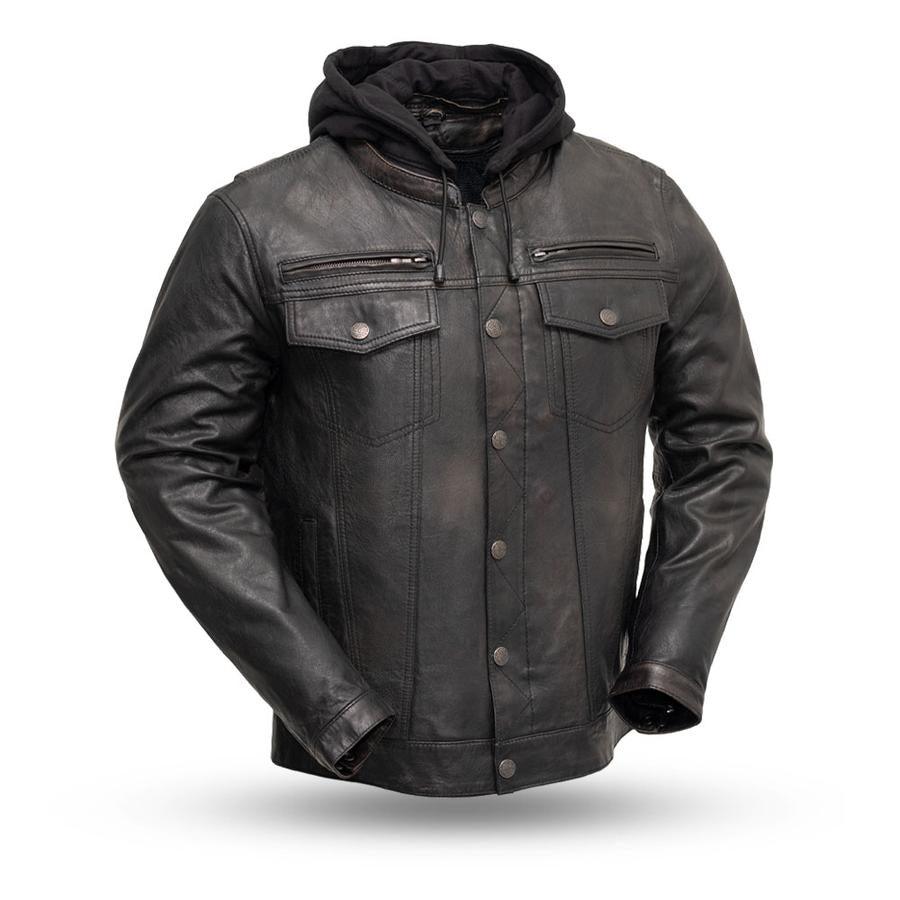
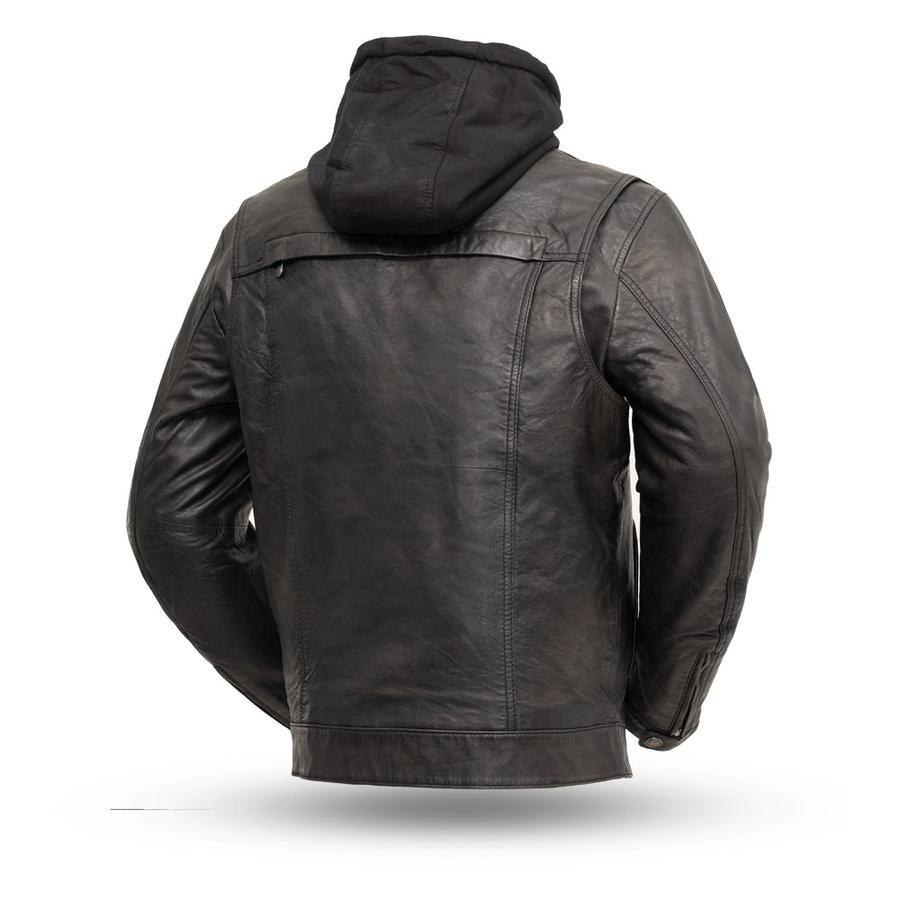
Leave a comment